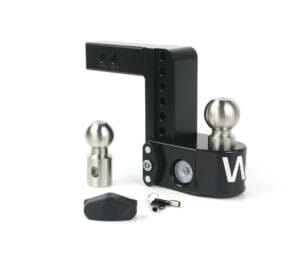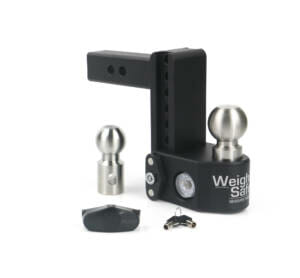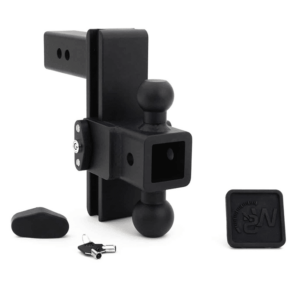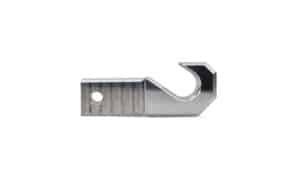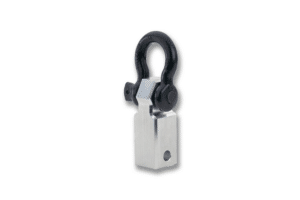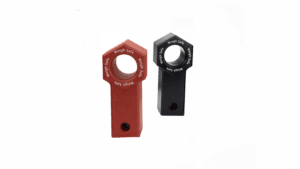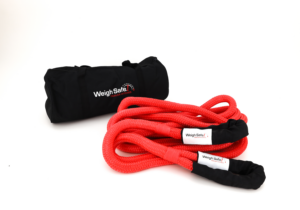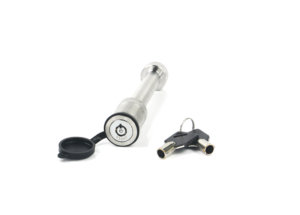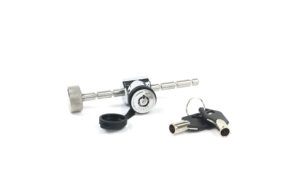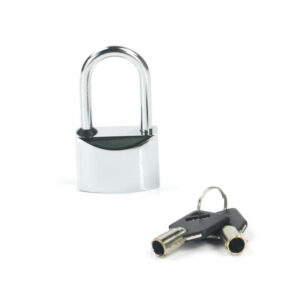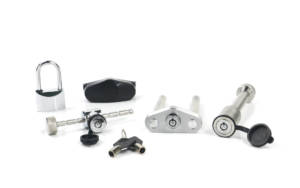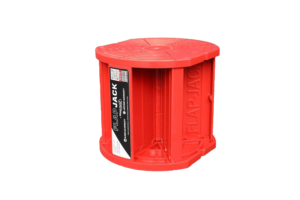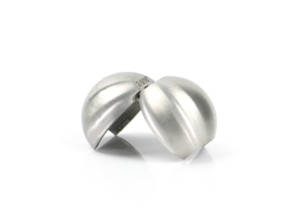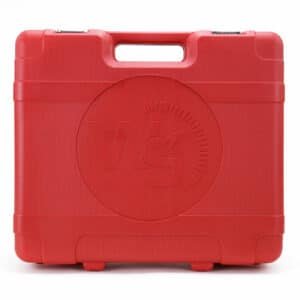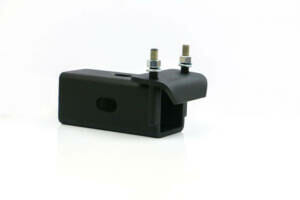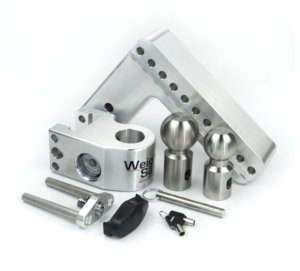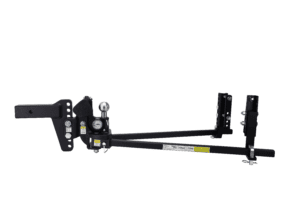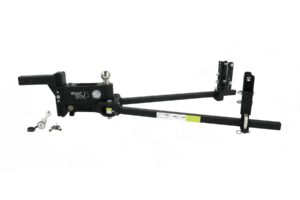
Loading boxes may seem like a simple task, but doing it correctly can make a world of difference in ensuring the safety and security of your items—whether you’re moving across town or hauling equipment across the country. At Weigh Safe, we specialize in providing reliable towing solutions, and part of that reliability comes from understanding how to load boxes and cargo safely and efficiently.
In this blog, we’ll cover the key tips for safely loading boxes, focusing on stability, weight distribution, and overall safety.
1. Know Your Weight Limits
Before loading any boxes, it’s crucial to understand your vehicle’s towing capacity and hitch’s weight limits. Using a hitch with an integrated scale, like our Weigh Safe Tow Hitch, allows you to accurately gauge the weight of your load and ensure you’re within safe limits. Overloading your trailer or vehicle can lead to hazardous driving conditions and potential damage to your vehicle or hitch.
Pro Tip: Always double-check the Gross Vehicle Weight Rating (GVWR) of your vehicle and trailer to prevent overloading.
2. Distribute the Weight Evenly
Uneven weight distribution can lead to trailer sway and instability on the road. When loading boxes, place the heaviest items toward the center and bottom of the trailer. This keeps the center of gravity low and helps maintain balance. Lighter boxes should be placed on top and toward the front of the load.
Pro Tip: Aim for a 60/40 weight distribution—60% of the load should be in front of the trailer axle and 40% behind. This will help improve towing stability and control.
3. Secure the Load
Once your boxes are loaded, it’s important to secure them properly. Use ratchet straps, bungee cords, or tie-downs to keep everything in place. Shifting cargo can lead to accidents or damage to your goods. Our Weigh Safe Tie-Down Anchors are perfect for providing extra security and keeping your load secure during transport.
Pro Tip: Don’t just rely on friction to hold your boxes in place; always use tie-downs, especially on long hauls.
4. Check Your Hitch
A safe load starts with a properly installed and secured hitch. With Weigh Safe’s True Tow Weight Distribution Hitch, you can rest easy knowing that your trailer is evenly balanced, reducing the risk of fishtailing and other hazards. This hitch helps ensure that the weight of your trailer is distributed evenly across your vehicle’s axles, enhancing your control on the road.
Pro Tip: Regularly check the condition of your hitch and coupler to ensure they are in top shape before every trip.
5. Plan Your Trip
Once you’ve loaded your boxes and secured your cargo, take a moment to plan your route. Avoid bumpy roads, steep inclines, and sharp turns, as these can increase the risk of shifting loads or trailer instability. Knowing your route can help you make safer decisions while towing.
Pro Tip: Allow extra stopping time when towing a loaded trailer, as the increased weight affects your braking distance.
Final Thoughts
Loading boxes safely is about more than just placing items in your trailer—it’s about ensuring the weight is evenly distributed, secured, and within safe limits for your vehicle and hitch. Using Weigh Safe products, like our Tow Hitches with Built-in Scales and Tie-Down Anchors, ensures you’re always hauling safely.
Ready to tow with confidence? Check out our full range of towing solutions at Weigh Safe and make every trip a safe one!


